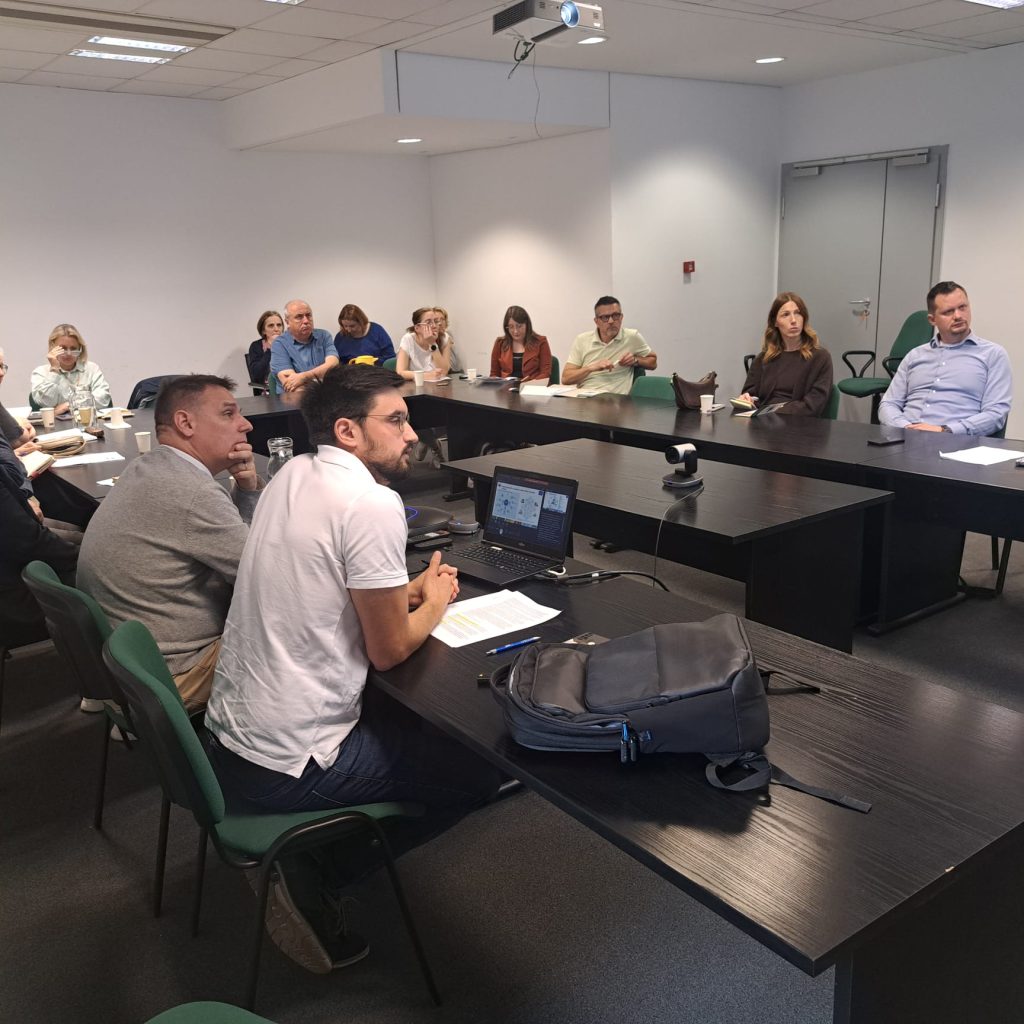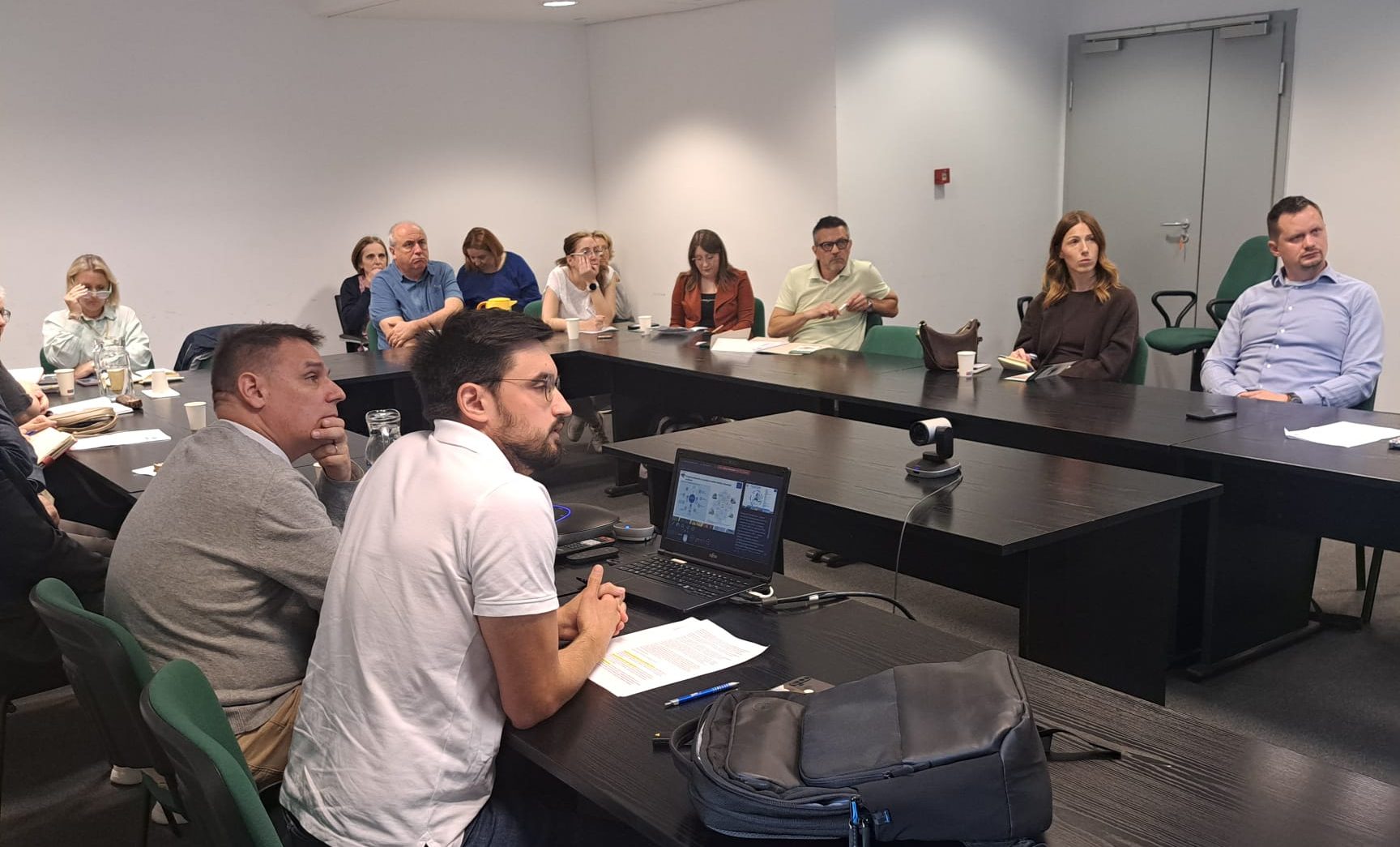
LIFE CROLIS Project Workshop – Analysis of EU Regulatory Requirements
On June 9th, 2025, a workshop of the LIFE CROLIS project was held at the Ministry of Environmental Protection and Green Transition, where an analysis of EU regulatory requirements related to the use of spatial data in the field of environmental and climate change monitoring was presented. The analysis was conducted by the project partner institution EKONERG d.o.o., and the workshop was intended for representatives of state administration bodies and other institutions involved in collecting, processing, and submitting spatial data for reporting to EU institutions in the areas of environment, nature, and climate change.










